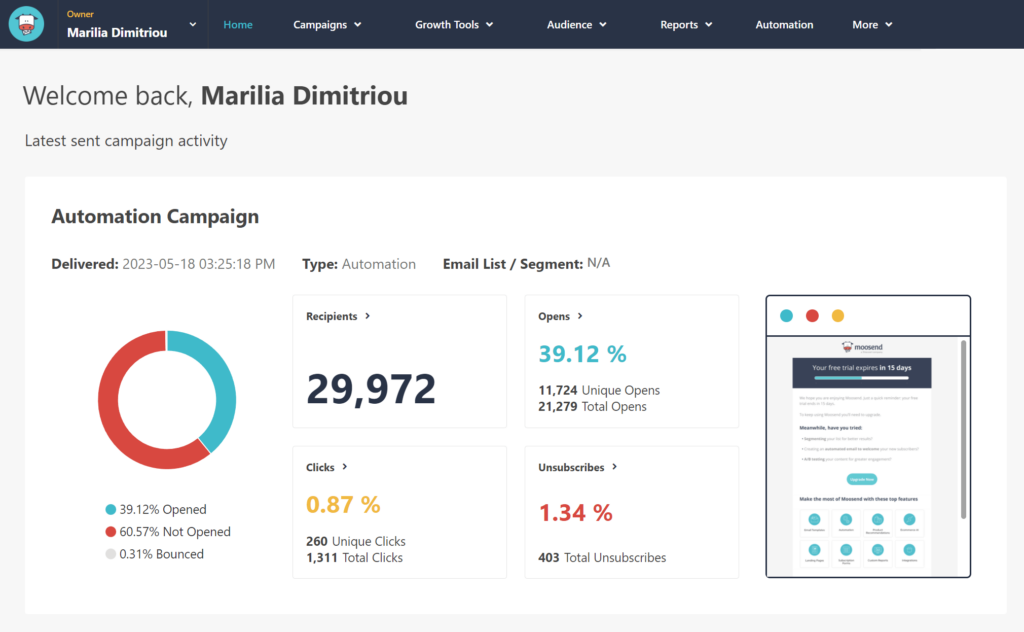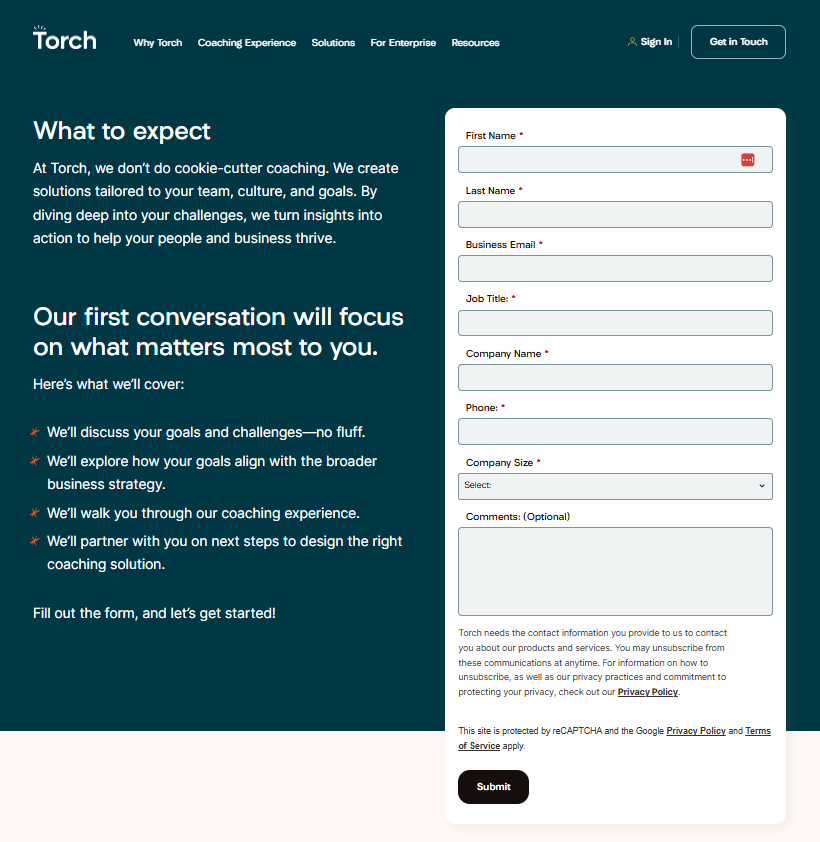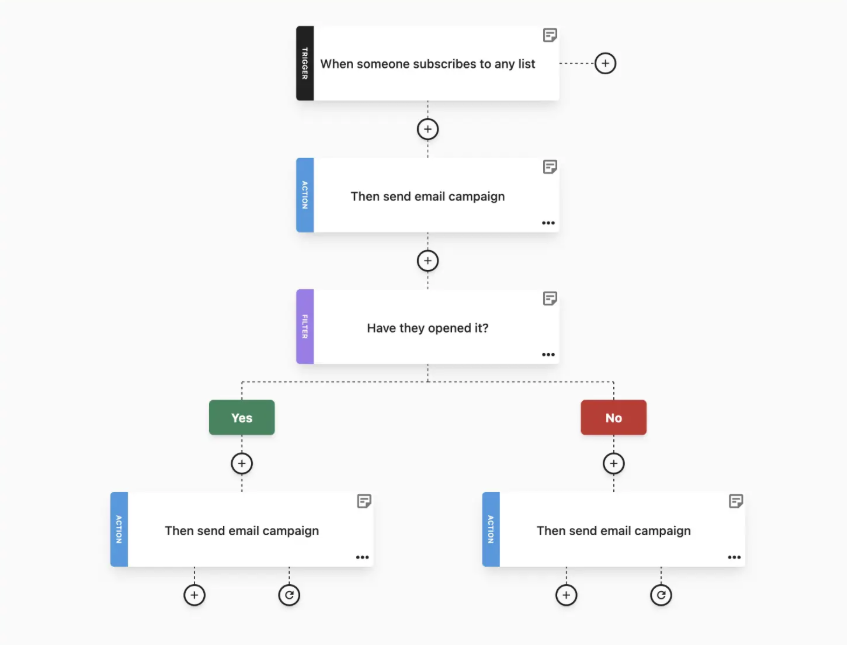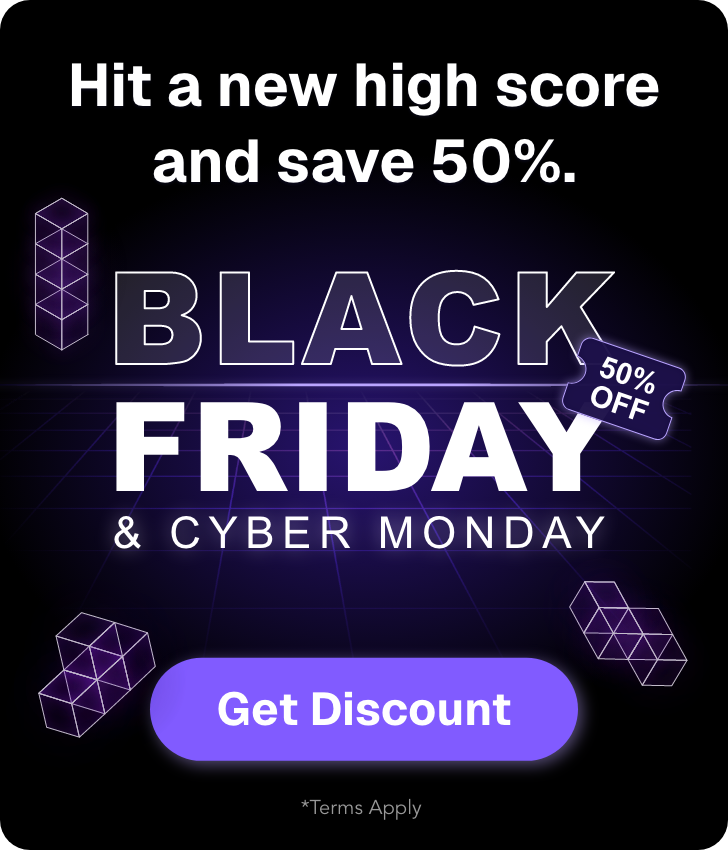
Email Marketing for Coaches: Strategies for Authentic Connections
As a coach, you shine at helping people fulfill their potential. But how can you help your coaching business flourish the same way? Attracting new clients and building a strong brand presence can be tricky, especially if you’re a marketing newbie or busy helping your existing clients.
While social media and paid advertising give you easy access to your target audience, they don’t always secure conversions. Instead, email marketing can engage people interested in what you offer at different stages throughout their journey.
From converting people who visit your website to nurturing existing coaching clients with valuable content, learn how to use email marketing to find your next clients. This guide is suitable for all types of coaching programs, including life, business, or career.
Why You Should Use Email Marketing as a Coach
While many coaches are familiar with sending regular content newsletters to existing contacts for relationship-building, email marketing can do much more than that. For example, it offers automation and segmentation features to send targeted content to recipients based on factors such as demographics or engagement level.
Here are some of the main benefits a coach can reap from adding email campaigns to their promotional and brand awareness toolkit:
- Direct communication: Email allows coaches to reach clients and share important updates or content, such as calendar invitations or coaching exercises.
- Affordability: It’s a cheaper solution compared to offline or paid advertising tactics that can result in a high return on investment.
- Personalization: Coaches can use audience segmentation and custom fields to send targeted email marketing campaigns to recipients based on their interests.
- Performance tracking: It offers analytics for important email metrics such as open and click-through rates to understand what works for your audience.
- Relationship building: Through regular communications, coaches can foster strong relationships with existing or potential clients to build trust and loyalty.
How to Set Up an Email Marketing Strategy for Coaching Businesses
If you haven’t created an email marketing campaign before, it’s normal to feel a bit lost. This step-by-step guide will help you kick off your email marketing efforts and shorten the learning curve.
1. Build an email marketing plan
As a coach, you know the importance of effective goal setting better than anyone. Apply the same principles to this channel: Set clear objectives and think about tactics that will help you reach the right clients for your business. Knowing your ICP is essential—think of their preferences, needs, and habits before sending your first campaign.
Next, decide what email types will serve your audience best. While some emails are fixed, such as welcome emails for new subscribers, certain communications don’t make sense for all recipients. For example, sending emails with social proof is probably better for prospects rather than clients who’ve already trusted you. Unless you want to ask for their own honest review.
Here are a few content ideas to keep in your inspiration bucket:
- Welcome emails
- Webinar invitations
- Success stories/Case studies
- Re-engagement campaigns
- Client nurturing
- Milestone emails
- Survey emails
Pick the right email types for your businesses and align your email marketing with other tactics you use to build a cohesive experience for customers and prospects, to stick to their minds.
2. Choose an email marketing tool
You can’t build a successful email marketing strategy without a dedicated tool. Email marketing platforms let you build beautiful emails with premade HTML templates, easy to customize through drag-and drop editors.
The best email marketing software come with user-friendly automation features to set up triggered emails and sequences. Plus, they offer list growth tools, such as landing pages or opt-in forms, and segmentation features to send the right content to the right people.
For example, you can create a newsletter to engage people interested in coaching, who may later become customers or advocates. Include a sign-up form on your website and begin nurturing your audience with targeted content. Additionally, set up transactional emails to confirm new appointments or registrations for upcoming coaching webinars.
Here are some of the top features to look for in an email marketing service to help promote your coaching business:
- Premade templates and design editor
- Marketing automation capabilities
- Personalization and audience segmentation
- List building and growth features
- Reporting and analytics tools
- Integrations with other tools (e.g., Calendly)
- A/B testing
- Customer support
As a small business owner, you probably seek value for money. Start with an affordable but scalable solution with premade assets, such as templates and email automation workflows that suit your needs. For example, Moosend’s pricing starts at $9/month with access to advanced features and a free 30-day trial to test out the platform.

3. Grow your email list
Before showering prospective and current clients with emails, you need to get their opt-in first—the permission to contact them. Collecting those email addresses can take time, but with the right methods, you can get there sooner.
What email list building techniques are valuable for coaches? Let’s start with your website. Place static or pop-up banners with signup forms to gather email addresses from website visitors. Check out this example by Torch:

Want to nudge people to subscribe? In exchange for their email, offer incentives, such as free resources or introductory calls.
Placing e-books or checklists on highly visited pages can also enter new email addresses into your marketing pipeline. Dedicated landing pages for activities such as webinars or free resources are great assets, too. You can share them on social media for maximum visibility.
Set up referral programs to motivate clients who already trust you to bring more people on board. You can also run a giveaway contest in exchange for people’s email addresses, offering a freebie like a coaching session or an ebook.
4. Design branded emails that inspire
As a coach, you need a strong personal brand to stand out from competition. Your brand’s mission and value should be clearly communicated across channels, creating a consistent experience at every touchpoint.
Email design plays a key role in your campaign success. However, building emails from scratch requires time, design, and coding skills—expertise you may not necessarily have as a coach.
Fortunately, most email marketing platforms offer ready-made templates that you can easily customize with your brand elements. Choose your favorite templates, personalize them, and save them for future use. Use the editor to add images or GIFs, modify elements like headers and footers, and insert dynamic content blocks to tailor messages to each recipient.
The whole design should naturally lead to a call-to-action. A CTA button stands out from the rest of the text, written in actionable language to boost conversion rates. To add more urgency, place a countdown timer to motivate readers to act faster.
Check out tis email design, perfect for health and wellbeing coaches. Alter the copy, fonts, colors, and images based on you needs:

5. Write compelling copy
Writing an effective subject line can increase open rates and get your emails in front of more eyes. Converting subject lines should be up to 40 characters to be mobile-responsive and readable for all ISPs.
Try different variations but remember that hinting at the email content is important to attract highly interested subscribers. Including the recipient’s name through custom fields will make your messages more personal. Plus, emojis can add a splash of color and a drop of creativity.
Here are some examples to customize based on the type of coaching program you run:
- Welcome to your journey, [Name]! 🌟
- Checking in: How are you progressing? 😊
- See how [Client’s name] transformed her business 💪
- Unlock your potential with our special offer
- Join us for an exclusive workshop! 🚀
- We value your thoughts—complete brief survey
Storytelling is one of the most powerful tools a coach has. Using motivational and emotive language is essential to capture the attention of ideal clients. Explain how you can help them grow, what techniques you use, and customer success stories they can resonate with.
Make sure that your brand tone and copywriting align across channels to create a consistent experience. Finally, remove certain spam words from your email content to avoid hurting your deliverability rates. After all, your readers need your emails more than your spam folder.
6. Set up automated emails
Nudging subscribers with content at certain moments throughout their journey is better than sending scattered communications. For example, welcome messages and onboarding email sequences to new clients are great for retention.
With the right email automation software, you can set up certain emails in advance to save valuable time and seize every opportunity. Apart from welcome and onboarding emails, you can schedule invitations for your coaching webinars, re-engagement email workflows, and various types of sequences based on your goals.
But how easy is that process for beginners? Most software come with prebuilt automation recipes to help you build your first sequences inside the editor, following the if/then logic. Check out Moosend’s onboarding recipe to get a better grasp of how this works:

7. Apply data-driven techniques
How do you know if the email marketing tactics you adopt have an impact? Most email marketing platforms come with analytics dashboards and reporting tools to track your campaign performance and improve it accordingly.
Here are some key metrics to track:
- Open rates
- Click-through rates
- Conversions
- Bounce rates
- Spam complaints
To access more nuanced information, you can also combine data from your analytics tool, such as Google Analytics. You’ll be able to dive deeper into prospects and clients’ behavior and understand how to optimize your strategy.
You can also conduct A/B testing to experiment with different versions of subject lines or email content to see what resonates with your audience and replicate it in the future.
Best Coaching Email Campaign Examples & Why They Work
Want to know how successful email campaigns look like? Here are four great examples from coaching services or programs designed by notable brands:
1. Ivee’s upselling email campaign
Subject line: ☎️ Your Health Coach Consult is waiting!

Ivee offers health services and incorporated a personalized health coaching program to help clients meet their wellbeing goals. They sent a promotional email campaign to invite clients and prospects to book a consultation.
Why it works:
- The subject line reflects the purpose of the email, written in urgent tone to boost open rates.
- The email body includes all the personal benefits clients will reap by using this program.
- The CTA button stands out from the rest of the text to maximize click-throughs, inviting prospects to book a consultation.
2. Everlywell service launch email
Subject line: New! Elimination Diet Coaching

Everlywell is another health brand with at-home testing solutions, supplements, and telehealth services . They launched a diet coaching program and sent an announcement email to attract prospects.
Why it works:
- They described who this coaching program is for and what’s included to attract the right clients.
- They added an image of the app to help prospects visualize the experience better.
- They included their referral program, offering incentives for both parties to make it more appealing.
3. Healf educational email
Subject line: Wellbeing Wednesday

Send nurturing email series on a weekly or monthly basis to educate your audience like Healf did. Through guided content, they can become more familiar with your services and trust you more as a brand.
Why it works:
- They covered different content topics to cater for various needs.
- Their call-to-action copy is engaging and fun, putting the reader at the center of attention.
- They added beautiful images that reflect wellbeing to grab readers’ attention for good.
4. Teachable event invitation
Subject line: Unlock step-by-step guidance to launch online coaching.

Teachable designed a monthly “Online Coaching Challenge” to help entrepreneurs and business reps launch their own coaching service.
Why it works:
- The subject line reflects the purpose of the email, introducing learners to online coaching principles.
- They added the event dates at the top to be more visible.
- They mentioned the main topics covered during the challenge to attract people with a great interest in coaching.
Pump Up Your Audience with Inspiring Emails
So, what do you think, coach? Is email marketing a valuable addition to your current promotional strategies? If yes, we’re safe to say that you’re about to unlock a door into a magic room.
Remember to picture ideal clients before sending off every next campaign to meet your goals—and theirs, too. It’s the best first step to a sustainable and fruitful email marketing strategy.





 Published by
Published by